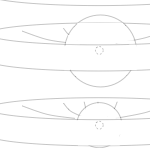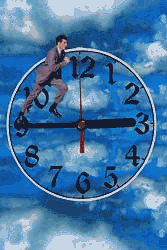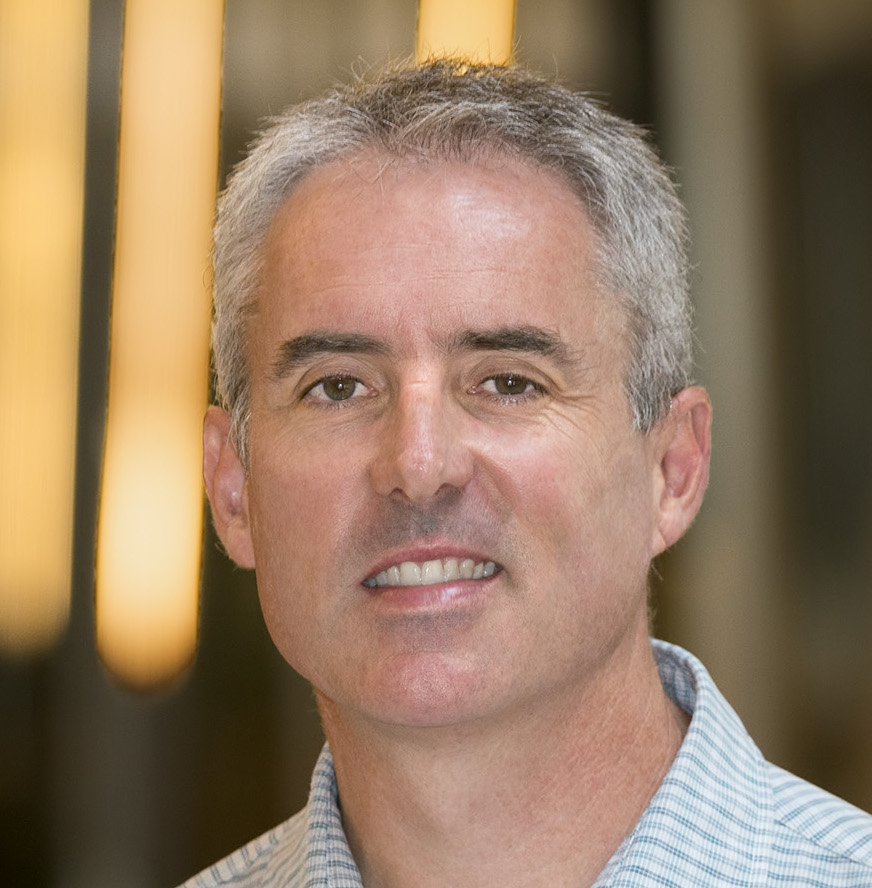A plethora of pulsars
This has been a fun few months for those interested in accretion-powered millisecond pulsars (and who isn't?) We've been observing HETE J1900.1-2455 for more than 3 years now, it has had by far the longest period of activity of any of the 8 known systems. Then, in August, IGR J00291+5934 went into outburst for the first time since it's December 2004 outburst. The X-ray flux faded shortly after, but the system unexpectedly returned to activity about a month later. To top it all off, the first-ever AMSP, SAX J1808.4-3658, also went into outburst in late September. Three AMSPs active at the same time is a terrific coincidence.
But there's more. Back in 2007 I made some predictions for the time of the next outburst for these two systems, based on the observed outbursts to date (see the table below). These predictions were remarkably accurate, with errors of 11 and 20 days (or 0.7 and 1.7%), for the two sources. For the record, I'm now prepared to make my predictions for the next outburst for each of these systems; for SAX J1808.4-3658 on 2012 May 15 (MJD 56062) and for IGR J00291+5934 a few months later on 2012 September 23 (MJD 56193). I hope to be able to report here how these new predictions hold up!
Table: Predictions of 2008 outburst times for two AMSPs (arXiv.org:0711.4420)
| Source | predicted | actual | Error (d) |
| IGR J00291+5934 | 54680 | 54691 | 11 |
| SAX J1808.4-3658 | 54710 | 54730 | 20 |


 The annual meeting of the
The annual meeting of the 
 Our paper on the unusually low "touchdown" fluxes for radius-expansion bursts from high-inclination sources was just accepted by MNRAS. Usually the touchdown flux is thought to equal the Eddington flux, but we found that in sources that show X-ray dips — likely arising from structure at the edge of the accretion disk passing across the line of sight, implying that we see these systems almost edge-on — the touchdown flux could be less than half the maximum flux seen earlier in the same burst. The low touchdown fluxes also likely arise from interactions with the disk material, which have some implications for neutron-star distance (but not mass and radius) determination following the method of
Our paper on the unusually low "touchdown" fluxes for radius-expansion bursts from high-inclination sources was just accepted by MNRAS. Usually the touchdown flux is thought to equal the Eddington flux, but we found that in sources that show X-ray dips — likely arising from structure at the edge of the accretion disk passing across the line of sight, implying that we see these systems almost edge-on — the touchdown flux could be less than half the maximum flux seen earlier in the same burst. The low touchdown fluxes also likely arise from interactions with the disk material, which have some implications for neutron-star distance (but not mass and radius) determination following the method of  Summer 2007 was a big season for new results on GS 1826-24, the "Clocked Burster". UCSD student
Summer 2007 was a big season for new results on GS 1826-24, the "Clocked Burster". UCSD student 

